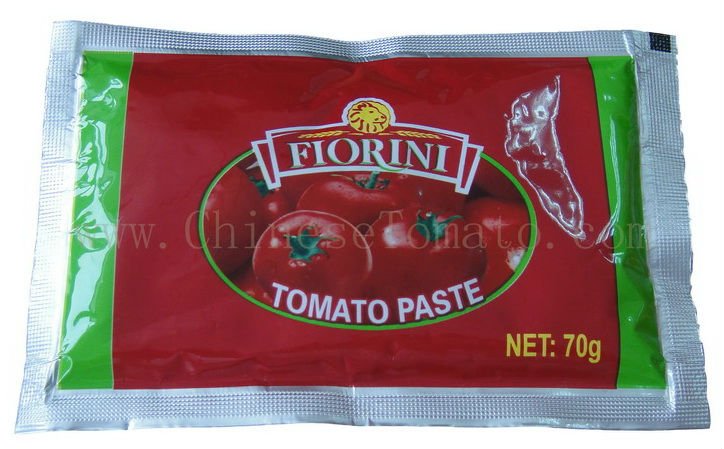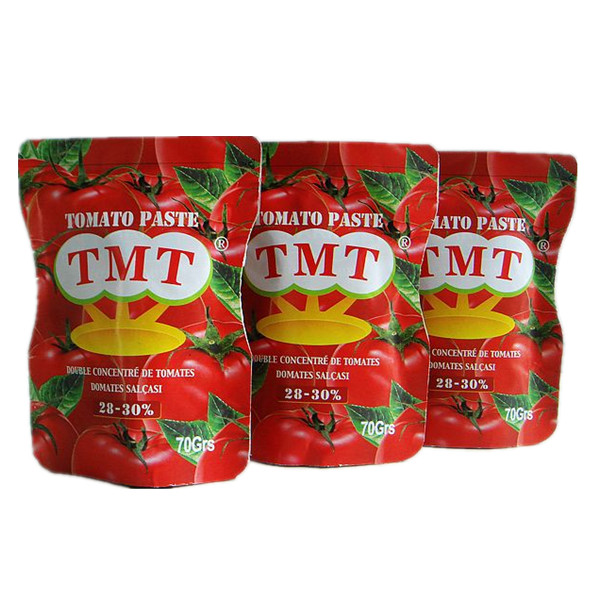Low temperature period greenhouse ventilation is not desirable
The first is that during the cold period in winter, it is difficult to achieve dehumidification and dehumidification by early ventilation. As we all know, the humidity of the air will drop as the temperature rises. The temperature in the winter shed is low, and it is generally 10°C~15°C at night, and the relative humidity is usually 95%~100% in the late night. If the grass is uncovered in the morning, it is not ventilated first, but first the sunlight is used to raise the temperature inside the shed, and the temperature in the shed increases. Even if it is not ventilated, the relative humidity in the shed will quickly decrease with the increase of temperature. Since the temperature outside the shed in winter is very low, often below 0°C, the temperature in the shed is not increased after the grass rake is lifted. The cold wind will produce fog when entering the shed, and in order to keep the temperature, the amount of ventilation in the morning is very small and the ventilation effect is limited. Humidity will remain high, and the moisture in the shed will not be able to escape. In the late spring, summer, and early autumn when the temperature is higher, the temperature outside the shed is not much different.
The second is early ventilation, which reduces the concentration of carbon dioxide in the shed, resulting in a decrease in photosynthetic efficiency. According to scientific and technical personnel's determination, organic fertilizers are applied in sufficient greenhouses, and the decomposition of organic matter in the soil will produce a large amount of carbon dioxide. In winter, the vegetable greenhouses are closed more severely, and less carbon dioxide is dissipated. They will accumulate in the shed to form higher concentrations. Generally, the concentration of carbon dioxide in the morning shed is several times that outside the shed. These carbon dioxide can provide more "raw materials" for photosynthesis of vegetables, which is of great significance for increasing the yield of vegetables. For this reason, do not ventilate the grasses as soon as they are uncovered, and ventilate them one hour after they are uncovered. The basis is that overnight accumulation of carbon dioxide in the shed is about 1 hour for photosynthesis of vegetables, and the high concentration of carbon dioxide in the morning will double the photosynthetic rate, which is expected to produce several times more photosynthetic products. In this case, it is very rare to have photosynthetic production for a few hours in the normal state. This is also the potential for increasing production of vegetables in winter greenhouses. If we ventilate only for the sake of dehumidification, we can neither reduce the humidity nor make this part of the carbon dioxide out of the shed. This is undoubtedly a big loss.
Correct practice: After unveiling the grass, you should not ventilate and use the warming effect of sunlight to naturally reduce the humidity. Under normal circumstances, ventilation can be done within 1 hour after the grass is uncovered. A ventilation system can allow outside air carbon dioxide to enter the shed, allowing photosynthesis to continue. Second, the temperature inside the shed can be adjusted. Therefore, the change of early ventilation and dehumidification during the low temperature period is conducive to the dual adjustment of temperature and carbon dioxide in the greenhouse.
We use organic and natural raw material. For Sachet Tomato Paste. there are 50g, 56g, 70g standing sachet and flat sachet for your choice. OEM specification and brand are available. The detailed packagings are as following:
50g*100sachet/ctn, 3500ctn/20'FCL
56g*100sachet/ctn, 3260ctn/20'FCL
70g*50sachet/ctn, 4600ctn/20'FCL
70g*25sachet/box*4box/ctn, 2270ctn/20'FCL
*Related Products:Tomato Sauce pouches,Tomato Paste price ton.


Sachet Tomato Paste
Sachet Tomato Paste,Organic Tomato Paste,Sachet Packaging Tomato Sauce,Double Concentrated Tomato Paste,70g Pouch Tomato Paste,Tomato Sauce Packaging Plastic Bag
Hebei Tomato Industry Co., Ltd. , https://www.hebeitomato.com